Historia Destructionis Troiae
The copy of Guido delle Colonne's Historia Destructionis Troiae held in the Special Collections Department was acquired before 1669 from what the library's oldest printed catalogue tells us, and it is a curious one. Perusing that 1669 library catalogue, I noticed an important detail: the copy of the Historia bore the same shelf number as three other incunabula: P.d.4.

This was a giveaway that the copy in the library was bound with three other editions. When I then analyzed the handwriting of the annotations written on the front pages and on the margins of all four editions, I was sure that in 1669 the copy of the Historia was part of a composite volume – a book made up of multiple distinct editions that have been bound together into a single volume (binding). These individual editions can vary in content, origin, date, and they may have been created by different authors or scribes. The binding of diverse editions into one volume occurred quite often, for the sake of convenience, or preservation, or because their texts were related thematically. In this case, Guido's Historia Destructionis Troiae was bound with three other books: De Oratore by Marcus Tullius Cicero, Historia de bello Iudaico, sce̜ptri sublatione, Iude̜orum dispersione et Hierosolymitano excidio by Hegesippus Palaestinus, and Defensorium fidei dialogos septem contra Iudaeos, haereticos et Sarracenos continens by Johannes de Turrecremata.
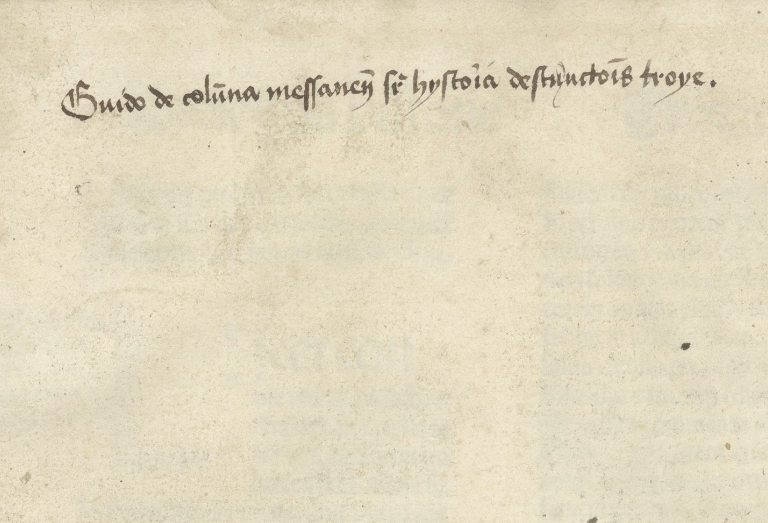
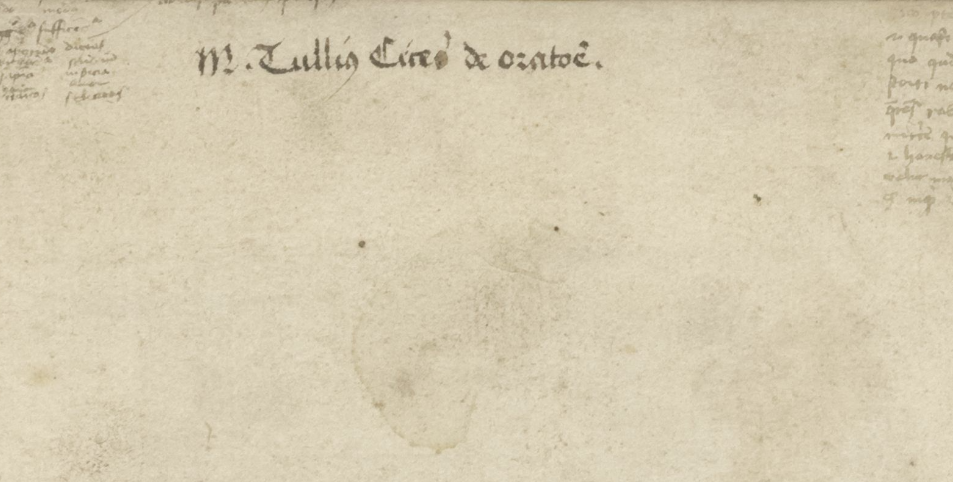
The last detail that confirmed the certainty of a composite volume were the traces of glue left by book tabs in all four editions. In this case the marks of glue appear in order between the different editions, pointing out that they were tabbed one after the other.
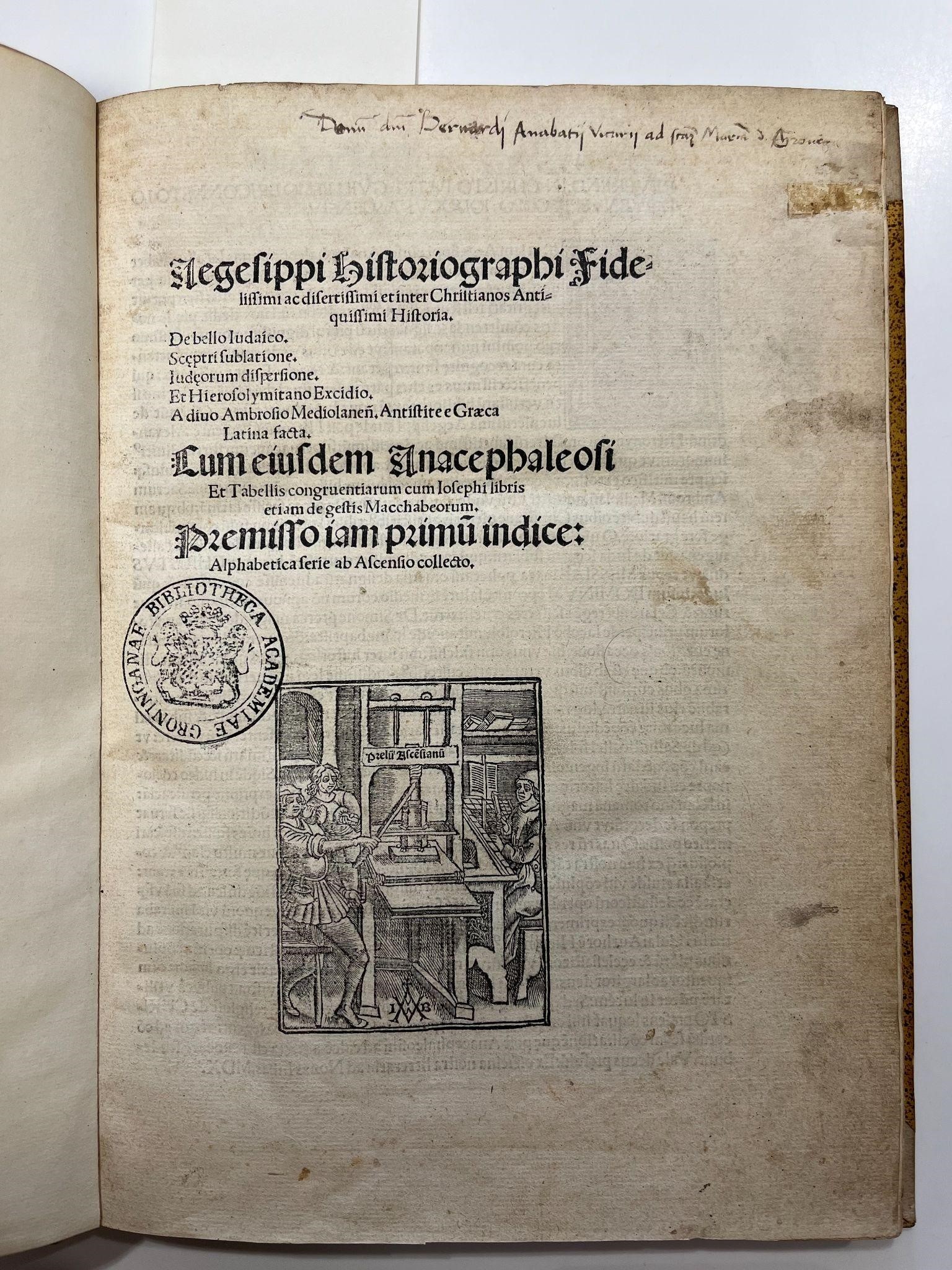
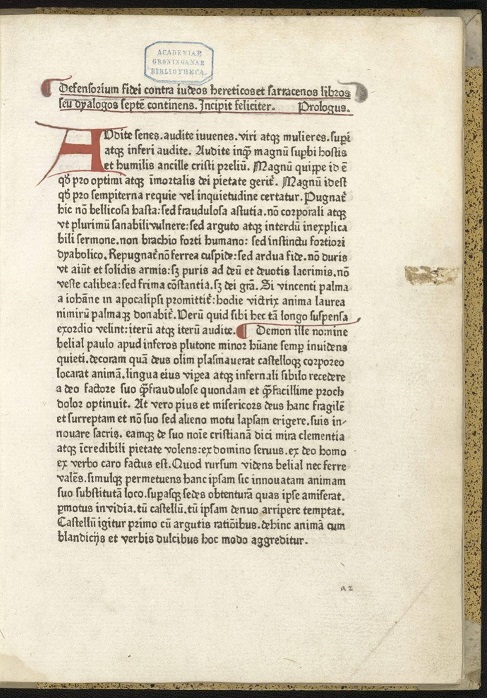

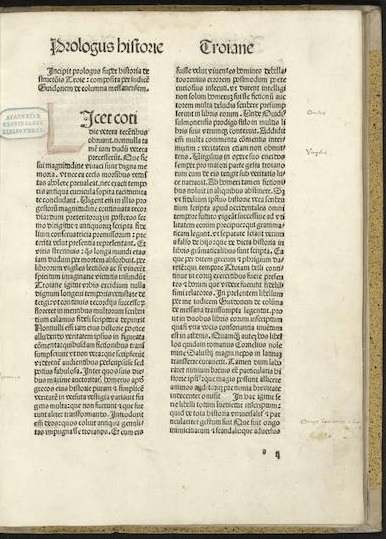
| Last modified: | 13 July 2024 07.53 a.m. |

